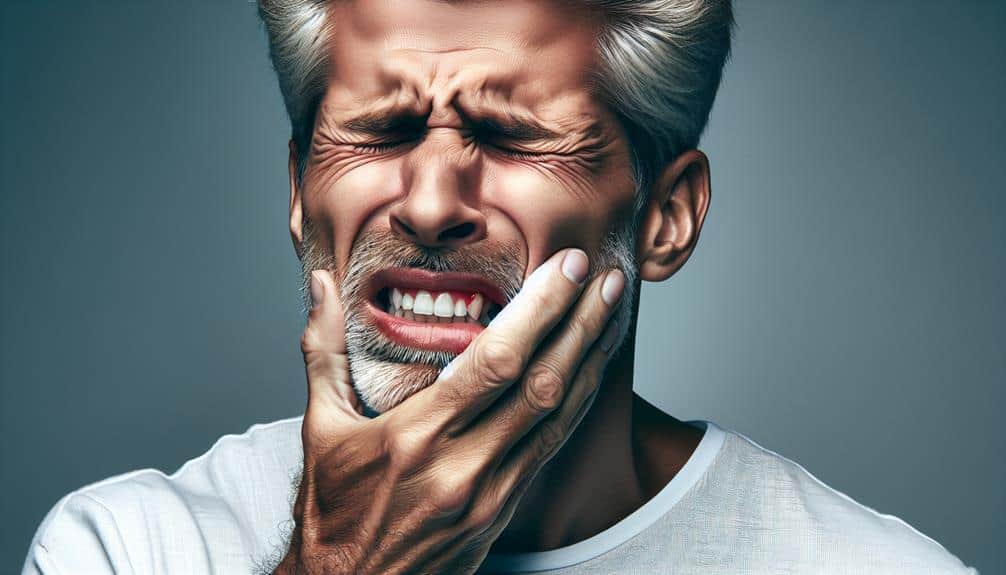Potential Dangers of DIY Teeth Whitening Methods
Using DIY teeth whitening methods can lead to acid erosion, heightened tooth sensitivity, uneven whitening, and gum irritation. The acidic substances in these solutions can weaken enamel, making your teeth more sensitive to hot, cold, or sweet foods. Improper initiation may result in uneven whitening and potential gum damage. Be cautious of overusing harsh ingredients […]
Potential Dangers of DIY Teeth Whitening Methods Read More »









